There is nothing like the other side of life. As a companion to its favourite 25 Classic Synth B-sides, ELECTRICITYCLUB.CO.UK presents a listing looking at the 21st Century equivalent.
B-sides often take on a cult following, provoking discussions among fans about why they might have missed inclusion on the parent album. On why artists occasionally overlook a track when it is clearly good enough, Richard Silverthorn of MESH said “Sometimes you can’t see the wood for the trees”. Then there are the occasional abstract studio experiments which often fail but occasionally work and the occasional cover versions which don’t always find favour with some listeners but are infinitely more preferable over pointless remixes of the A-side!
But how is a modern B-side been defined? There is a wider definition now due to digital and streaming formats, so they can include flipsides of vinyl, bonus tracks on CD singles and non-album tracks released as part of a download single or EP bundle. Despite all this, the term “B-side”, like “album” and “video”, still remains.
So for the purposes of this listing as before with the 25 Classic Synth B-sides, B-sides featured on the original issue of a full length album, or subsequently included on a new one are NOT included. However, those added as bonus tracks on later reissues, deluxe editions or compilations are permitted. Rules are good, rules help control the fun! ?
So with a restriction of one track per artist moniker, presented in date and then alphabetical order within, these are ELECTRICITYCLUB.CO.UK’s 25 Synth B-Sides Of The 21st Century…
LADYTRON Oops Oh My (2003)
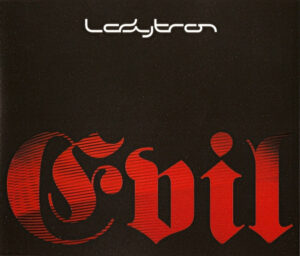 LADYTRON surprised their audiences during live shows in support of the ‘Light & Magic’ album by closing with a feisty synthpunk cover of TWEET’s ‘Oops Oh My’. Co-written by Missy Elliot, the Timbaland produced original with a DEVO sample had been a hip-hop favourite but the aggressive Riot Grrrl styled take on this risqué song about self-love with lyrics like “There goes my skirt, droppin at my feet” added a rockier edge to their sound.
LADYTRON surprised their audiences during live shows in support of the ‘Light & Magic’ album by closing with a feisty synthpunk cover of TWEET’s ‘Oops Oh My’. Co-written by Missy Elliot, the Timbaland produced original with a DEVO sample had been a hip-hop favourite but the aggressive Riot Grrrl styled take on this risqué song about self-love with lyrics like “There goes my skirt, droppin at my feet” added a rockier edge to their sound.
Available on the LADYTRON single ‘Evil’ via Telstar Records
CLIENT Can’t See Me Now (2003)
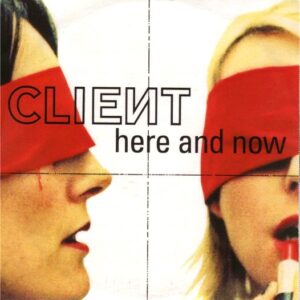 “This was written in response to the Iraq War” said Sarah Blackwood aka Client B, “I remember endless discussions with Toast Hawaii boss Fletch about whether it was the right decision and with heavy hearts, watching endless shelling and firefighting, from the 24 hour news coverage on far flung European hotel TVs. It was the first time I had felt that disconnection and frustration with my home country, the ‘not in my name’ ringing loudly in my ears. Bit late to the party but that’s the story of my life.”
“This was written in response to the Iraq War” said Sarah Blackwood aka Client B, “I remember endless discussions with Toast Hawaii boss Fletch about whether it was the right decision and with heavy hearts, watching endless shelling and firefighting, from the 24 hour news coverage on far flung European hotel TVs. It was the first time I had felt that disconnection and frustration with my home country, the ‘not in my name’ ringing loudly in my ears. Bit late to the party but that’s the story of my life.”
Available on the CLIENT single ‘Here & Now’ via Toast Hawaii / Mute Records
https://www.facebook.com/ClientMusic
GOLDFRAPP Gone To Earth (2004)
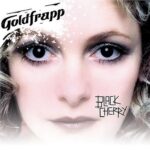 The eloquence and surreal atmospheres of the first GOLDFRAPP album ‘Felt Mountain’ may have taken a back seat on ‘Black Cherry’ but the experimentation continued on the B-sides of the album’s singles. ‘White Soft Rope’ combined the unsettling imagery of bondage with a chorus sung a school choir, but ‘Gone To Earth’ was otherworldly. The reverberating bassline combined with swirling synths and dreamy glides while Alison’s alternate cosmic language startled with a spacey hypnotism.
The eloquence and surreal atmospheres of the first GOLDFRAPP album ‘Felt Mountain’ may have taken a back seat on ‘Black Cherry’ but the experimentation continued on the B-sides of the album’s singles. ‘White Soft Rope’ combined the unsettling imagery of bondage with a chorus sung a school choir, but ‘Gone To Earth’ was otherworldly. The reverberating bassline combined with swirling synths and dreamy glides while Alison’s alternate cosmic language startled with a spacey hypnotism.
Available on the GOLDFRAPP single ‘Black Cherry’ via Mute Records
THE MODERN Model #426 (2005)
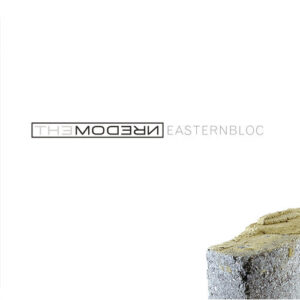 Nathan Cooper who was in THE MODERN said: “The inspiration came from ROXY MUSIC’s ‘In Every Dream Home A Heartache’ which was about a blow up doll, we took that a step further and Model# 426 is about some kind of sex droid!! ‘Model #426’ was always the song that would get the audience talking because singer Emma would open a trunk on stage and lead a gimp out on a collar into the bemused looking audience!! I think it was actually that stunt that got us signed to Universal!”.
Nathan Cooper who was in THE MODERN said: “The inspiration came from ROXY MUSIC’s ‘In Every Dream Home A Heartache’ which was about a blow up doll, we took that a step further and Model# 426 is about some kind of sex droid!! ‘Model #426’ was always the song that would get the audience talking because singer Emma would open a trunk on stage and lead a gimp out on a collar into the bemused looking audience!! I think it was actually that stunt that got us signed to Universal!”.
Originally on THE MODERN EP ‘Eastern Bloc’, now available on the album ‘Life In A Modern World’
via Pie & Mash Recordings Ltd
https://www.themodernband.com/
PET SHOP BOYS Party Song (2006)
 Interpolating KC & THE SUNSHINE BAND’s ‘That’s The Way (I Like It), ‘Party Song’ was naturally a throbbing disco driven affair outshone the horrendous Diane Warren penned ballad ‘Numb’ which comprised the main act. Lyrically inspired by the classic Joan Collins and Leonard Rossiter fronted Campari adverts that, it began life as a dance cover of NIRVANA’s ‘Smells Like Teen Spirit’ suggested by Elton John and intended as a single for a new PET SHOP BOYS ‘Greatest Hits’!!
Interpolating KC & THE SUNSHINE BAND’s ‘That’s The Way (I Like It), ‘Party Song’ was naturally a throbbing disco driven affair outshone the horrendous Diane Warren penned ballad ‘Numb’ which comprised the main act. Lyrically inspired by the classic Joan Collins and Leonard Rossiter fronted Campari adverts that, it began life as a dance cover of NIRVANA’s ‘Smells Like Teen Spirit’ suggested by Elton John and intended as a single for a new PET SHOP BOYS ‘Greatest Hits’!!
Originally the B-side of ‘Numb’, now available on the PET SHOP BOYS album ‘Format’ via EMI Music
https://www.petshopboys.co.uk/
ARTHUR & MARTHA Japanese Kiss (2008)
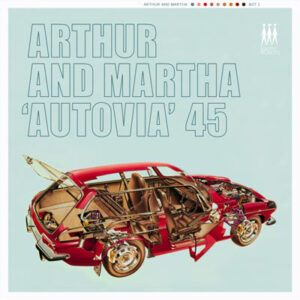 ‘Japanese Kiss’ was from the debut release on Happy Robots from Alice Hubley and Adam Cresswell. “This was the first track I wrote for ARTHUR & MARTHA” he recalled, “mostly recorded in the bedsit I’d moved into after splitting up with my girlfriend. I was absorbed in self-pity, comforting myself with Japanese-horror movies and the company of my ARP Quartet, Moog Rogue and the DR-55. Living my best life!”; 11 years later as Rodney Cromwell, Cresswell did a NEW ORDER inspired ‘KW1’
‘Japanese Kiss’ was from the debut release on Happy Robots from Alice Hubley and Adam Cresswell. “This was the first track I wrote for ARTHUR & MARTHA” he recalled, “mostly recorded in the bedsit I’d moved into after splitting up with my girlfriend. I was absorbed in self-pity, comforting myself with Japanese-horror movies and the company of my ARP Quartet, Moog Rogue and the DR-55. Living my best life!”; 11 years later as Rodney Cromwell, Cresswell did a NEW ORDER inspired ‘KW1’ remix.
Available on the ARTHUR & MARTHA single ‘Autovia’ via Happy Robots
https://www.facebook.com/arthurandmarthaband
MARSHEAUX Bizarre Love Duo (2008)
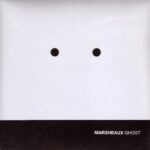 Basing its title on the well-known NEW ORDER tune, as with a number of the B-sides listed here, ‘Bizarre Love Duo’ outshone the main act ‘Ghost’. It all began with a pitch shifted groan sample repeated with hypnotic effect over some squelchy backing. The track built itself to a fabulous but abstract electrodisco number with a marvellously catchy refrain. While not quite a song and not quite an experiment, ‘Bizarre Love Duo’ was enjoyable tune in the MARSHEAUX canon.
Basing its title on the well-known NEW ORDER tune, as with a number of the B-sides listed here, ‘Bizarre Love Duo’ outshone the main act ‘Ghost’. It all began with a pitch shifted groan sample repeated with hypnotic effect over some squelchy backing. The track built itself to a fabulous but abstract electrodisco number with a marvellously catchy refrain. While not quite a song and not quite an experiment, ‘Bizarre Love Duo’ was enjoyable tune in the MARSHEAUX canon.
Originally the B-side of ‘Ghost’, now available on the MARSHEAUX album ‘E-Bay Queen Is Dead’ via Undo Records
https://www.facebook.com/marsheaux
ANTHONIO Angel Face (2009)
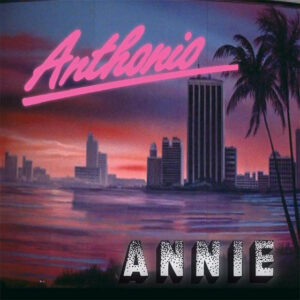 A cover of a cover, namely SHOCK’s take on THE GLITTER BAND’s 1974 Top5 hit; playing the role of the Latin lothario in response to the Annie song ‘Anthonio’, Sebastian Muravchik of HEARTBREAK and now SNS SENSATION remembered: “Richard X produced this version of ‘Angel Face’ as a side B in his single ‘Annie’. I sang both sides, which kind of shows two sides of Anthonio’s personality in a way. It was a fantastic experience – Richard is a great guy and über pro, so really a win-win.”
A cover of a cover, namely SHOCK’s take on THE GLITTER BAND’s 1974 Top5 hit; playing the role of the Latin lothario in response to the Annie song ‘Anthonio’, Sebastian Muravchik of HEARTBREAK and now SNS SENSATION remembered: “Richard X produced this version of ‘Angel Face’ as a side B in his single ‘Annie’. I sang both sides, which kind of shows two sides of Anthonio’s personality in a way. It was a fantastic experience – Richard is a great guy and über pro, so really a win-win.”
Available on the ANTHONIO single ‘Annie’ via Pleasure Masters
https://www.facebook.com/wearesns
LITTLE BOOTS Catch 22 (2009)
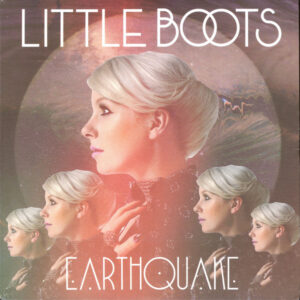 “Positive and negative can only attract” sang Victoria Hesketh on the bouncy ‘Catch 22’, a lesser known LITTLE BOOTS track which initially only appeared on the 7 inch single of ‘Earthquake’ in the UK. Gloriously synthpoppy, along with other songs that did not make it onto the final tracklisting of her debut album ‘Hands’, it highlighted a possible direction that could have been taken, but which was ultimately watered down for wider acceptance after she was named BBC Sound Of 2009.
“Positive and negative can only attract” sang Victoria Hesketh on the bouncy ‘Catch 22’, a lesser known LITTLE BOOTS track which initially only appeared on the 7 inch single of ‘Earthquake’ in the UK. Gloriously synthpoppy, along with other songs that did not make it onto the final tracklisting of her debut album ‘Hands’, it highlighted a possible direction that could have been taken, but which was ultimately watered down for wider acceptance after she was named BBC Sound Of 2009.
Originally the B-side of the single ‘Earthquake’, now available on the LITTLE BOOTS deluxe album ‘Hands’ via On Repeat Records
https://www.littlebootsmusic.co.uk/
VILLA NAH Benny’s Burning (2010)
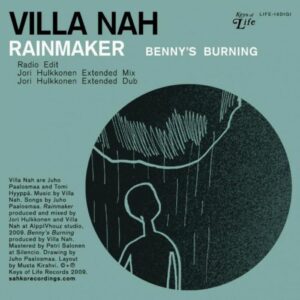 Continuing a great tradition among the synthpop acts of the past, VILLA NAH had ‘Benny’s Burning’ and ‘Daylight’ as part of their B-side armoury as well as the brilliant debut album ‘Origin’. Highlighting the inherent talent of the duo, ‘Benny’s Burning’ was a smoother and more atmospheric side of VILLA NAH compared with the uptempo technopop impressions of its A-side ‘Rainmaker’. The Helsinki duo later opened for OMD during the UK leg of 2010’s ‘History Of Modern’ tour.
Continuing a great tradition among the synthpop acts of the past, VILLA NAH had ‘Benny’s Burning’ and ‘Daylight’ as part of their B-side armoury as well as the brilliant debut album ‘Origin’. Highlighting the inherent talent of the duo, ‘Benny’s Burning’ was a smoother and more atmospheric side of VILLA NAH compared with the uptempo technopop impressions of its A-side ‘Rainmaker’. The Helsinki duo later opened for OMD during the UK leg of 2010’s ‘History Of Modern’ tour.
Available on the VILLA NAH single ‘Rainmaker’ via Keys Of Life
https://www.facebook.com/villanah
ERASURE Never Let You Down (2011)
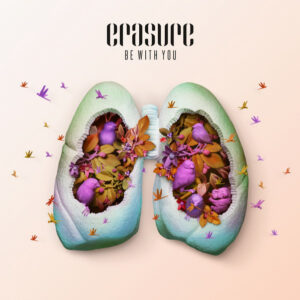 Produced by Vince Clarke, ‘Never Let You Down’ was free of the many autotune treatments that Frankmusik had applied when helming the disappointing ‘Tomorrow’s World’ album in his attempts to make ERASURE sound more modern and contemporary. As a result, that heartfelt soul often associated with Andy Bell made its presence felt over a glorious galloping synthpop tune in the classic ERASURE vein, especially during the middle eight section in Spanish.
Produced by Vince Clarke, ‘Never Let You Down’ was free of the many autotune treatments that Frankmusik had applied when helming the disappointing ‘Tomorrow’s World’ album in his attempts to make ERASURE sound more modern and contemporary. As a result, that heartfelt soul often associated with Andy Bell made its presence felt over a glorious galloping synthpop tune in the classic ERASURE vein, especially during the middle eight section in Spanish.
Available on the ERASURE single ‘Be With You’ via Mute Artists
MIRRORS Falls By Another Name (2011)
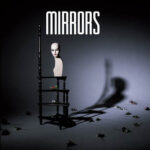 In their short career, MIRRORS left not only a great album in ‘Lights & Offerings’ but a body of wonderful B-sides too. Any are worthy of mention but the nod goes to ‘Fall By Another Name’ as it was accessible enough to have been an A-side. Not as dense as MIRRORS’ usual pop noir hence its likely relegation to flipside, the bright pulsing melodies and James New’s Dave Gahan impression made this sound rather like a quality outtake from DEPECHE MODE’s ‘Speak & Spell’.
In their short career, MIRRORS left not only a great album in ‘Lights & Offerings’ but a body of wonderful B-sides too. Any are worthy of mention but the nod goes to ‘Fall By Another Name’ as it was accessible enough to have been an A-side. Not as dense as MIRRORS’ usual pop noir hence its likely relegation to flipside, the bright pulsing melodies and James New’s Dave Gahan impression made this sound rather like a quality outtake from DEPECHE MODE’s ‘Speak & Spell’.
Available on the MIRRORS single ‘Into the Heart’ via Skint Records
https://www.facebook.com/theworldofmirrors
APOPTYGMA BERZERK Dead Air Einz (2013)
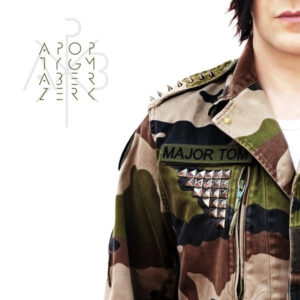 While the A-side was a faithful cover version of Peter Schilling’s anthemic ‘Major Tom’, ‘Dead Air Einz’ was a self-composed song by APOPTYGMA BERZERK mainman Stephan Groth that was eagerly welcomed at the time, thanks to it being his first original new track for four years. Utilising distorted radio broadcasts in its backdrop, it also featured some Korg MS20 from Jon Erik Martinsen and was something of a grower with its steadfast drum machine shuffle.
While the A-side was a faithful cover version of Peter Schilling’s anthemic ‘Major Tom’, ‘Dead Air Einz’ was a self-composed song by APOPTYGMA BERZERK mainman Stephan Groth that was eagerly welcomed at the time, thanks to it being his first original new track for four years. Utilising distorted radio broadcasts in its backdrop, it also featured some Korg MS20 from Jon Erik Martinsen and was something of a grower with its steadfast drum machine shuffle.
Available on the APOPTYGMA BERZERK single ‘Major Tom’ via Pitch Black Drive Productions
CHVRCHES Now Is Not The Time (2013)
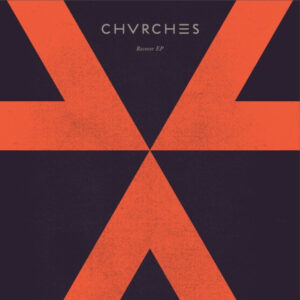 Making their initial impression with ‘Lies’ in 2012, Glasgow trio CHVRCHES became the mainstream saviours of synthpop that LITTLE BOOTS and LA ROUX had promised but ultimately failed to deliver on. ‘Now Is Not The Time’ was a fantastic midtempo tune with a great chorus that like ‘The Mother We Share’ sounded like Taylor Swift gone electro. It got relegated to B-side status despite being superior to several songs on their debut album ‘The Bones Of What You Believe’.
Making their initial impression with ‘Lies’ in 2012, Glasgow trio CHVRCHES became the mainstream saviours of synthpop that LITTLE BOOTS and LA ROUX had promised but ultimately failed to deliver on. ‘Now Is Not The Time’ was a fantastic midtempo tune with a great chorus that like ‘The Mother We Share’ sounded like Taylor Swift gone electro. It got relegated to B-side status despite being superior to several songs on their debut album ‘The Bones Of What You Believe’.
Available on the CHVRCHES single ‘Recover’ via Virgin Records
DEPECHE MODE All That’s Mine (2013)
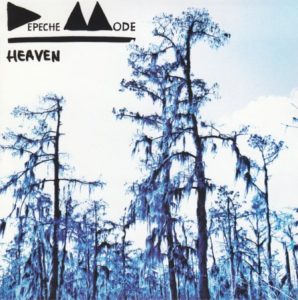 As with the ‘Sounds Of The Universe’ boxed set only track ‘Oh Well’, the best song from the ‘Delta Machine’ sessions was left out of the main act. ‘All That’s Mine’ featured a tightly sequenced backbone, electronically derived rhythms and a gloomy Eurocentric austere, all the perfect ingredients for a classic DM tune! Not fitting into the faux blues aspirations of modern DEPECHE MODE, it made up for the dreary notions of the A-side ‘Heaven’ which were more like hell…
As with the ‘Sounds Of The Universe’ boxed set only track ‘Oh Well’, the best song from the ‘Delta Machine’ sessions was left out of the main act. ‘All That’s Mine’ featured a tightly sequenced backbone, electronically derived rhythms and a gloomy Eurocentric austere, all the perfect ingredients for a classic DM tune! Not fitting into the faux blues aspirations of modern DEPECHE MODE, it made up for the dreary notions of the A-side ‘Heaven’ which were more like hell…
Originally the B-side of the single ‘Heaven’, now available on the DEPECHE MODE deluxe album ‘Delta Machine’
via Columbia Records
OMD Time Burns (2013)
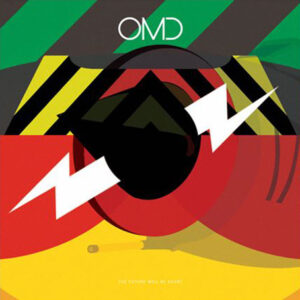 OMD’s ‘English Electric’ album was notable for combining conceptual art pieces alongside supreme electronic pop in a manner reminiscent of ‘Dazzle Ships’ and KRAFTWERK’s ‘Radio-Activity’. Although four of these concepts made it onto the final running order of the album, one that didn’t was ‘Time Burns’, a intriguing sound collage comprising of clock movements, chimes and digital watch alarms over rumbles of sub-bass and profound computer generated speech.
OMD’s ‘English Electric’ album was notable for combining conceptual art pieces alongside supreme electronic pop in a manner reminiscent of ‘Dazzle Ships’ and KRAFTWERK’s ‘Radio-Activity’. Although four of these concepts made it onto the final running order of the album, one that didn’t was ‘Time Burns’, a intriguing sound collage comprising of clock movements, chimes and digital watch alarms over rumbles of sub-bass and profound computer generated speech.
Originally the B-side of the single ‘The Future Will Be Silent’, now available on the OMD EP ‘Night Café’ via BMG
QUEEN OF HEARTS United (2013)
 A stomping electro disco number produced by Mark Reeder and Micha Adam, Elizabeth Morphew’s cooing Bush-like howls and breathy euphoria are a total delight to the ears while the mighty cavernous sound provided the heat! However, ‘United’ has ended up as the B-side. Reeder said ”I saw a piece posted on ELECTRICITYCLUB.CO.UK about QUEEN OF HEARTS and I was curious. I really liked Elizabeth’s voice from the moment I heard the first couple of tracks.”
A stomping electro disco number produced by Mark Reeder and Micha Adam, Elizabeth Morphew’s cooing Bush-like howls and breathy euphoria are a total delight to the ears while the mighty cavernous sound provided the heat! However, ‘United’ has ended up as the B-side. Reeder said ”I saw a piece posted on ELECTRICITYCLUB.CO.UK about QUEEN OF HEARTS and I was curious. I really liked Elizabeth’s voice from the moment I heard the first couple of tracks.”
Originally the B-side of ‘Secret’, now available on the QUEEN OF HEARTS deluxe album ‘Cocoon’ via Night Moves
VILE ELECTRODES Little Death Capsule (2013)
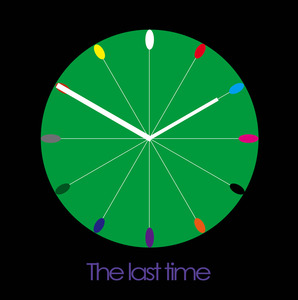 With an alluringly haunting vocal from Anais Neon, the eerily stark ‘Little Death Capsule’ saw VILE ELECTRODES tell the story of early space travel when these primitive craft were sent out of the earth’s atmosphere effectively sitting on inter-continental ballistic missiles, with burning up also a possibility on return. With pulsing instrumentation from Martin Swan, it featured the sort of sterling analogue treatments that would make KRAFTWERK and YELLOW MAGIC ORCHESTRA proud.
With an alluringly haunting vocal from Anais Neon, the eerily stark ‘Little Death Capsule’ saw VILE ELECTRODES tell the story of early space travel when these primitive craft were sent out of the earth’s atmosphere effectively sitting on inter-continental ballistic missiles, with burning up also a possibility on return. With pulsing instrumentation from Martin Swan, it featured the sort of sterling analogue treatments that would make KRAFTWERK and YELLOW MAGIC ORCHESTRA proud.
Available on the VILE ELECTRODES EP ‘The Last Time’ via Vile Electrodes
http://www.vileelectrodes.com/
JOHAN BAECKSTRÖM Synth Is Not Dead (2015)
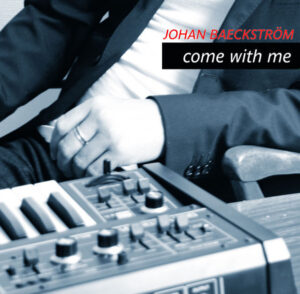 A touching tribute to Messrs Clarke, Gore, Hütter and Schneider with hints of YAZOO’s ‘In My Room’, Johan Baeckström said of ‘Synth Is Not Dead’: “I guess I just wanted to reflect on the fact that there still IS a synthpop scene with some really great bands, both old and new. In another way, the song is sort of my ‘thank you’ to some of the artists that inspired me for several decades – some of them are mentioned in the lyrics, but far from all of course”.
A touching tribute to Messrs Clarke, Gore, Hütter and Schneider with hints of YAZOO’s ‘In My Room’, Johan Baeckström said of ‘Synth Is Not Dead’: “I guess I just wanted to reflect on the fact that there still IS a synthpop scene with some really great bands, both old and new. In another way, the song is sort of my ‘thank you’ to some of the artists that inspired me for several decades – some of them are mentioned in the lyrics, but far from all of course”.
Available on the JOHAN BAECKSTRÖM single ‘Come With Me via Progress Productions
https://www.facebook.com/bstrommusic/
METROLAND (We Need) Machines Without Romance (2015)
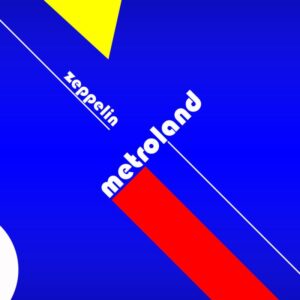 METROLAND’s second album ‘Triadic Ballet’ was a triumphant electronic celebration of the Bauhaus, art movement led by Walter Gropius; he’d theorized about uniting art and technology and on the B-side of its launch single ‘Zeppelin’, METROLAND worked on a 21st Century interpretation of that goal. Now imagine if Gary Numan had actually joined KRAFTWERK in 1979? The brilliant ‘(We Need) Machines Without Romance’ would have surely been the result.
METROLAND’s second album ‘Triadic Ballet’ was a triumphant electronic celebration of the Bauhaus, art movement led by Walter Gropius; he’d theorized about uniting art and technology and on the B-side of its launch single ‘Zeppelin’, METROLAND worked on a 21st Century interpretation of that goal. Now imagine if Gary Numan had actually joined KRAFTWERK in 1979? The brilliant ‘(We Need) Machines Without Romance’ would have surely been the result.
Originally the B-side of ‘Zeppelin’, now available on the METROLAND boxed set ’12×12′
via Alfa Matrix
http://www.metrolandmusic.com/
MESH Paper Thin (2016)
 Of the superbly rousing ‘Paper Thin’, Richard Silverthorn of MESH recalled: “Mark Hockings presented me with a demo at the time we were writing material for ‘Looking Skyward’. On first listen, I wasn’t too sure about the track as I thought it didn’t really fit with the overall feeling of the album so it kind of got shelved. The record company asked ‘what about the B-side?’ so Mark suggested ‘Paper Thin’ again. The bassline, drums and many other lines were changed and the new version came to life.”
Of the superbly rousing ‘Paper Thin’, Richard Silverthorn of MESH recalled: “Mark Hockings presented me with a demo at the time we were writing material for ‘Looking Skyward’. On first listen, I wasn’t too sure about the track as I thought it didn’t really fit with the overall feeling of the album so it kind of got shelved. The record company asked ‘what about the B-side?’ so Mark suggested ‘Paper Thin’ again. The bassline, drums and many other lines were changed and the new version came to life.”
Available on the MESH single ‘Kill Your Darlings’ via Dependent Records
KNIGHT$ So Cold (2017)
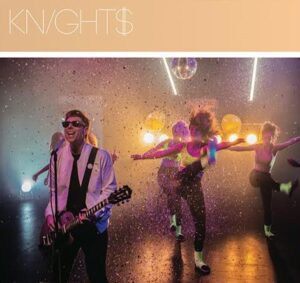 After SCARLET SOHO, James Knights busied himself with a new Britalo inspired solo project. With hints of NEW ORDER’s ‘Subculture’ and found on KNIGHT$ debut EP ‘What’s Your Poison?’, he said “’So Cold’ is the second or third song I wrote as KNIGHT$. It’s a little darker than my other material, and the only song I’ve recorded using a marxophone (a fretless zither). It didn’t make it onto my debut album, but it’s still a song the audience enjoy, as do I.”
After SCARLET SOHO, James Knights busied himself with a new Britalo inspired solo project. With hints of NEW ORDER’s ‘Subculture’ and found on KNIGHT$ debut EP ‘What’s Your Poison?’, he said “’So Cold’ is the second or third song I wrote as KNIGHT$. It’s a little darker than my other material, and the only song I’ve recorded using a marxophone (a fretless zither). It didn’t make it onto my debut album, but it’s still a song the audience enjoy, as do I.”
Available on the KNIGHT$ EP ‘What’s Your Poison?’ via Speccio Uomo
PSYCHE Truth or Consequence (2017)
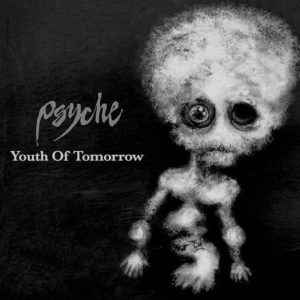 PSYCHE co-founder Darrin Huss said of ‘Truth Or Consequence’: “It started out under the title ‘Life On Trial’ and was about the Bradley Manning (now Chelsea) situation. It’s about the NSA surveillance, whistleblowers, etc. It’s also about the confusion between what is Truth, and what are the consequences of telling it, living it? Do we have safety in numbers? etc. It’s all in the lyrics. It’s a very PSYCHE song with even a nod to ‘The Brain Collapses’ with our use of that song’s drum machine the Oberheim DMX.”
PSYCHE co-founder Darrin Huss said of ‘Truth Or Consequence’: “It started out under the title ‘Life On Trial’ and was about the Bradley Manning (now Chelsea) situation. It’s about the NSA surveillance, whistleblowers, etc. It’s also about the confusion between what is Truth, and what are the consequences of telling it, living it? Do we have safety in numbers? etc. It’s all in the lyrics. It’s a very PSYCHE song with even a nod to ‘The Brain Collapses’ with our use of that song’s drum machine the Oberheim DMX.”
Available on the PSYCHE single ‘Youth Of Tomorrow’ via Artoffact Records
SOFT CELL Guilty (2018)
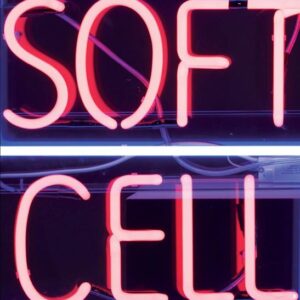 That Marc Almond and Dave Ball reunited for a farewell gig and new material was a pleasant surprise. The frustration and anger expressed in ‘Guilty (Cos I Say You Are)’ with the lines “I can denounce you just because I can, I didn’t have the life I wanted, I didn’t do the things I dreamed” saw SOFT CELL continue where they left of in 2003. With dark resonances like ‘The Omen’ gone disco, its eerie gothique countered the celebratory electro-soul of A-side ‘Northern Lights’
That Marc Almond and Dave Ball reunited for a farewell gig and new material was a pleasant surprise. The frustration and anger expressed in ‘Guilty (Cos I Say You Are)’ with the lines “I can denounce you just because I can, I didn’t have the life I wanted, I didn’t do the things I dreamed” saw SOFT CELL continue where they left of in 2003. With dark resonances like ‘The Omen’ gone disco, its eerie gothique countered the celebratory electro-soul of A-side ‘Northern Lights’
Originally the B-side of ‘Northern Lights’, now available on the SOFT CELL album ‘Keychains & Snowstorms – The Singles’
via Universal Records
INTERNATIONAL TEACHERS OF POP Another Brick In The Wall – Remoaner mix (2019)
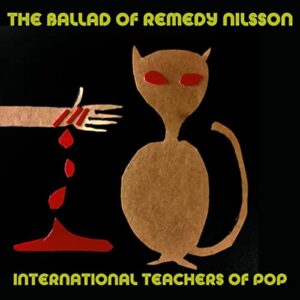 INTERNATIONAL TEACHERS OF POP impressed with their self-titled debut album. With the single release of ‘The Ballad Of Remedy Wilson’ was a timely Remoaner mix of PINK FLOYD’s ‘Another Brick In The Wall’ sung in German that made a bold musical and political statement. Headteacher Adrian Flanagan said: “I hope that statement is ‘I hate PINK FLOYD but love KRAFTWERK’ and / or – ‘I hate you but love the EU’”.
INTERNATIONAL TEACHERS OF POP impressed with their self-titled debut album. With the single release of ‘The Ballad Of Remedy Wilson’ was a timely Remoaner mix of PINK FLOYD’s ‘Another Brick In The Wall’ sung in German that made a bold musical and political statement. Headteacher Adrian Flanagan said: “I hope that statement is ‘I hate PINK FLOYD but love KRAFTWERK’ and / or – ‘I hate you but love the EU’”.
Available on the INTERNATIONAL TEACHERS OF POP single ‘The Ballad Of Remedy Nilsson’ via Desolate Spools
https://www.facebook.com/internationalteachersofpop
Text by Chi Ming Lai with thanks to all the artists who contributed
19th July 2020

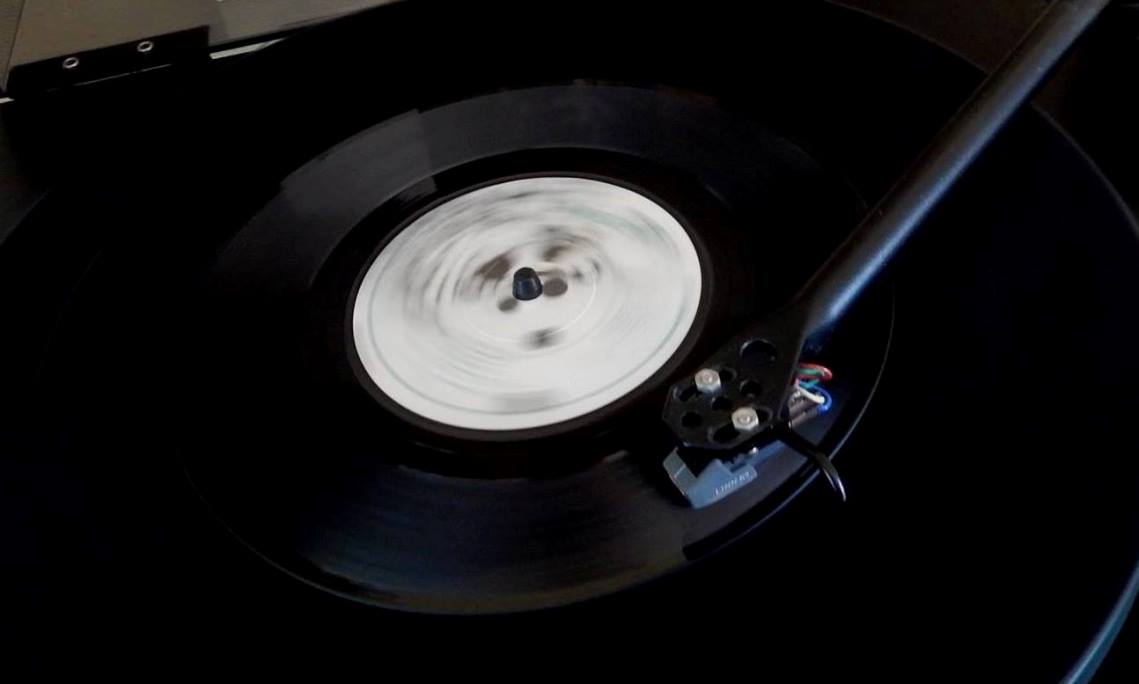
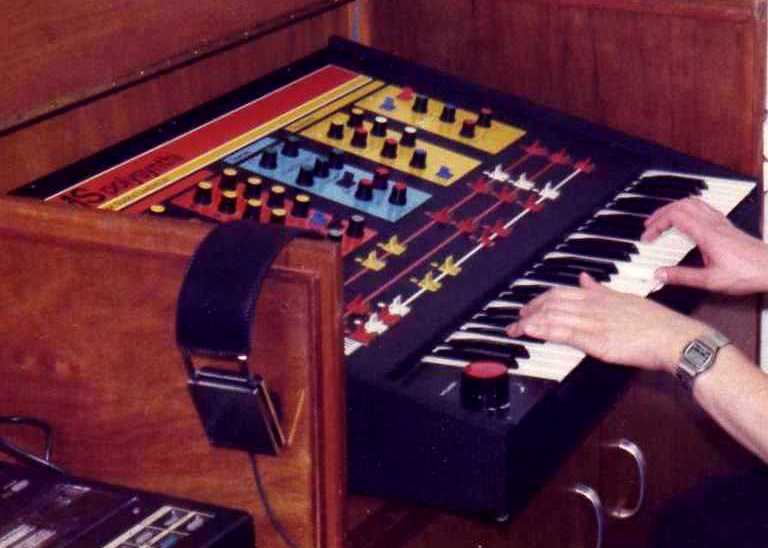
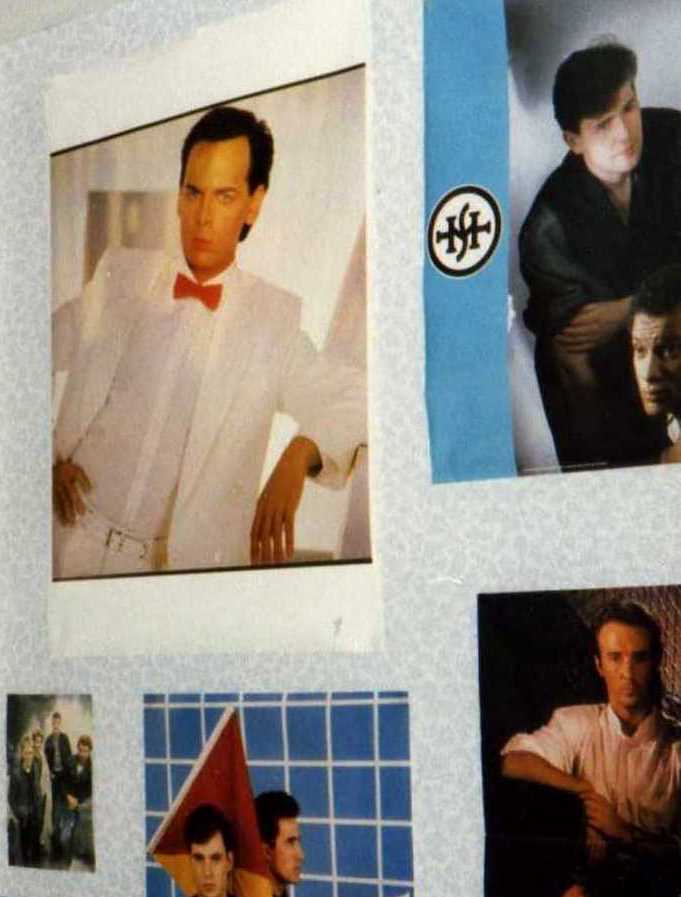
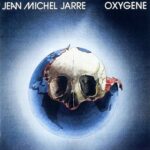
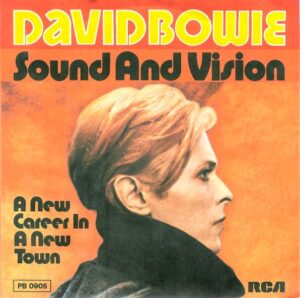
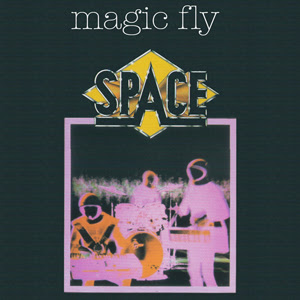
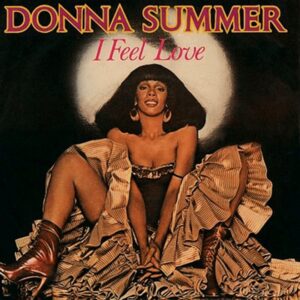
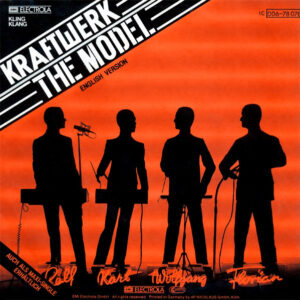
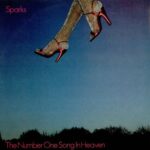
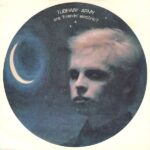
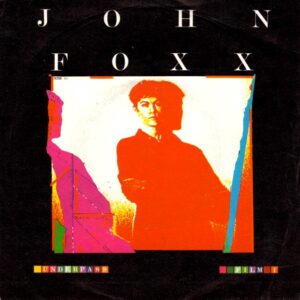
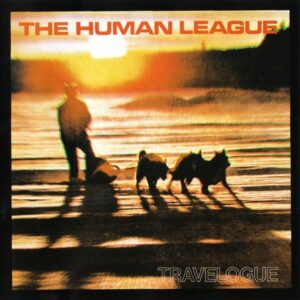
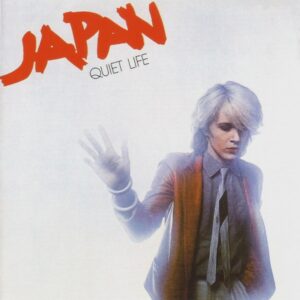
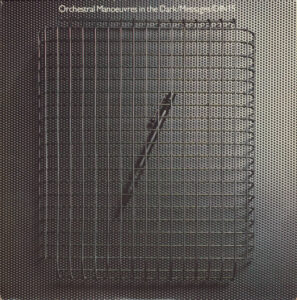
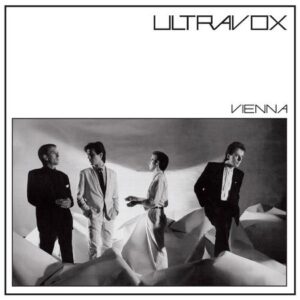
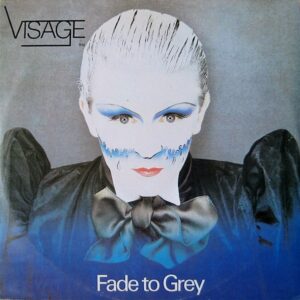
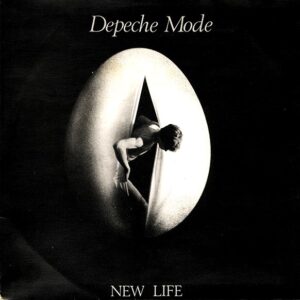
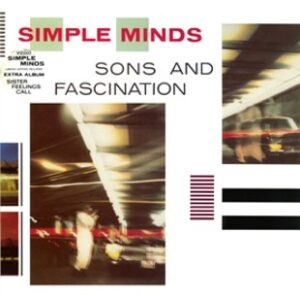
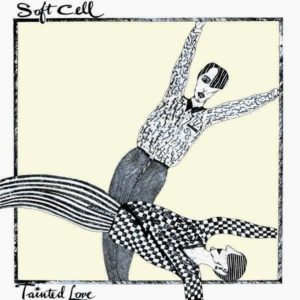
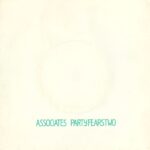
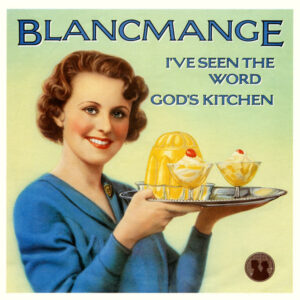
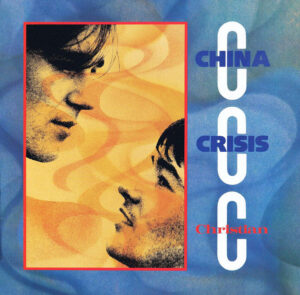
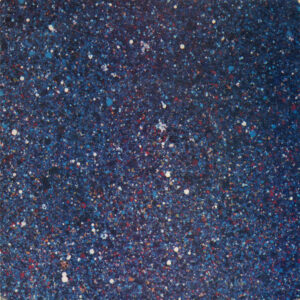
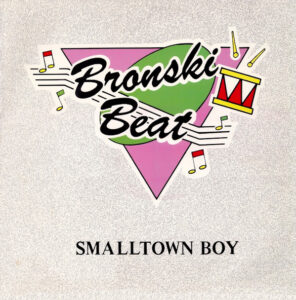

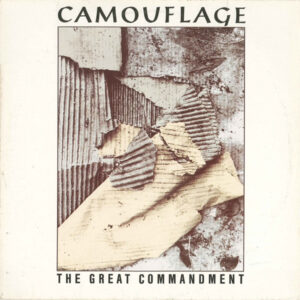
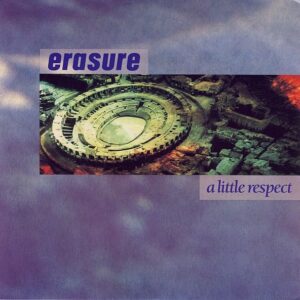
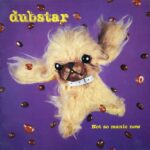
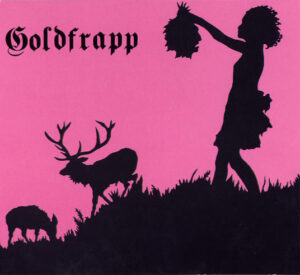
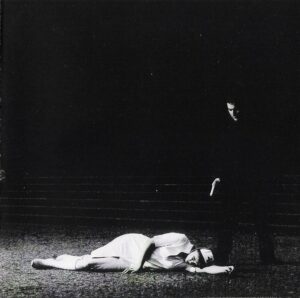
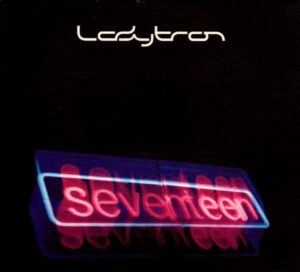
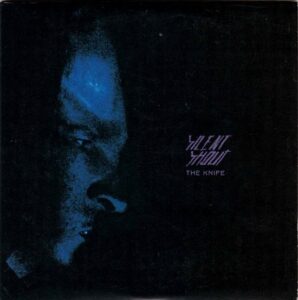
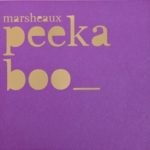
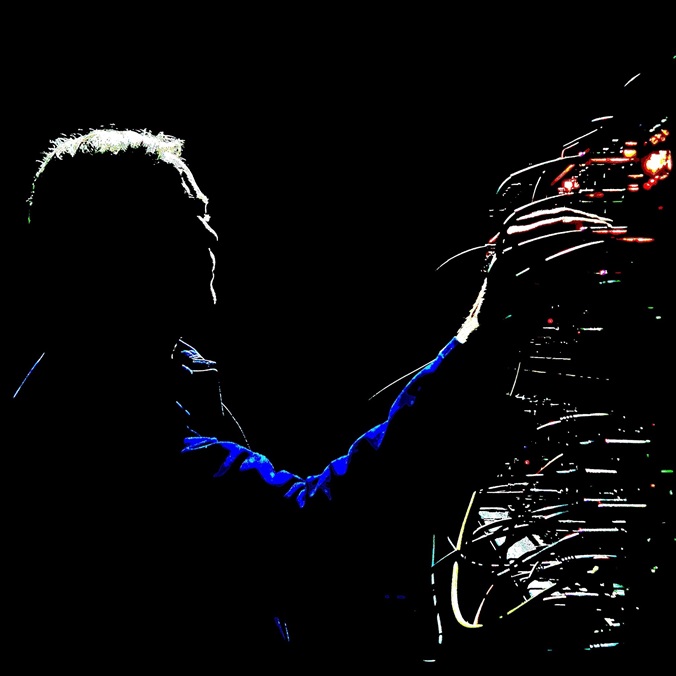
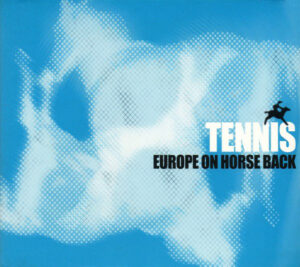

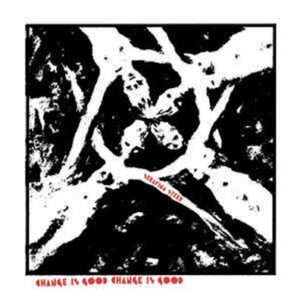

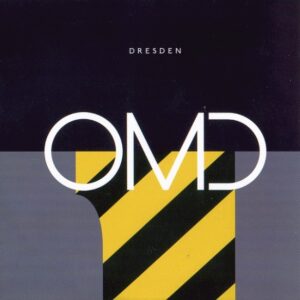
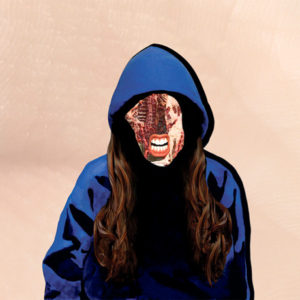
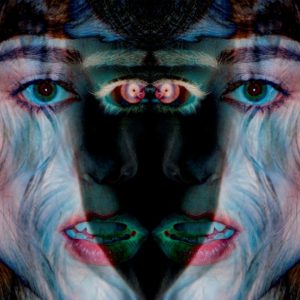
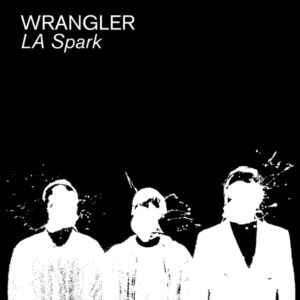
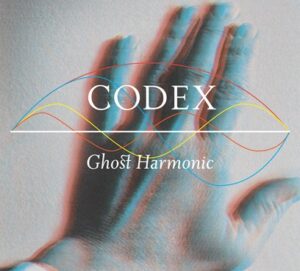
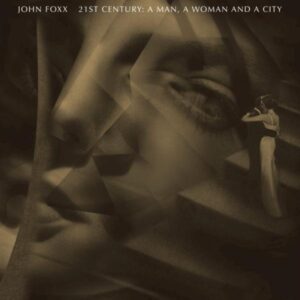
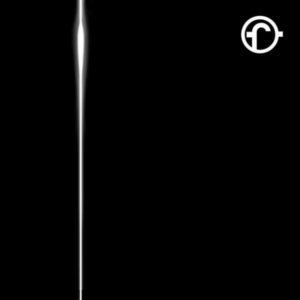
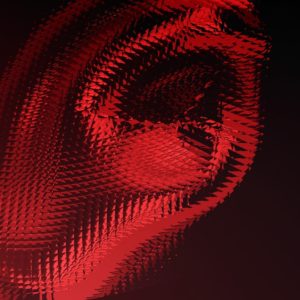
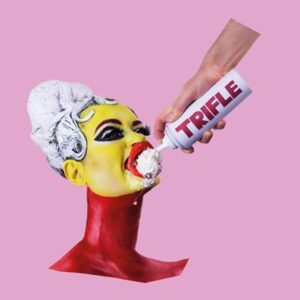
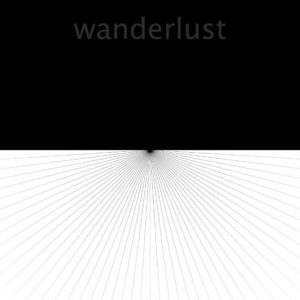
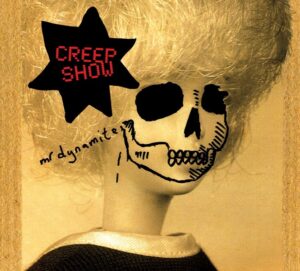
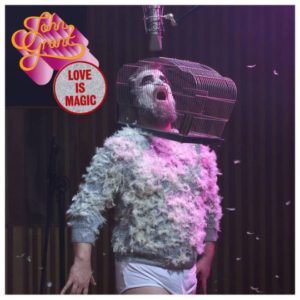
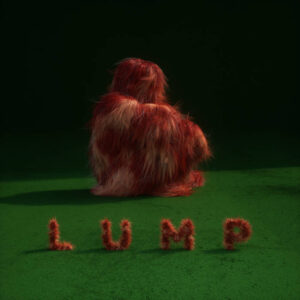
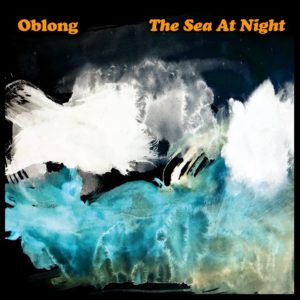
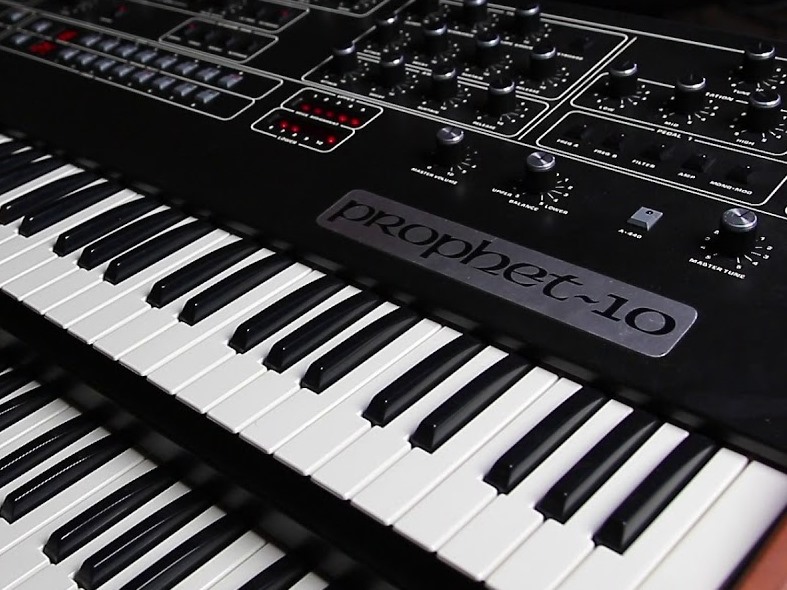

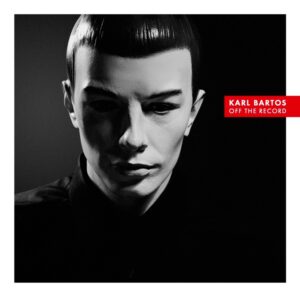
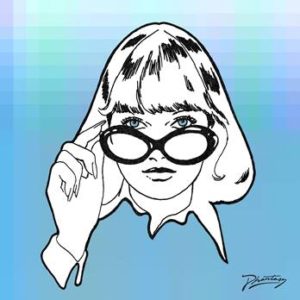
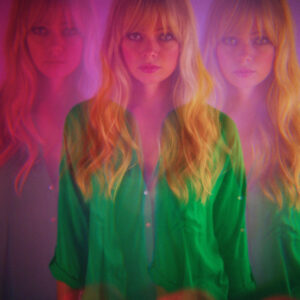


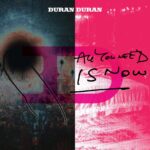
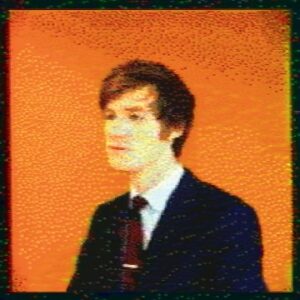
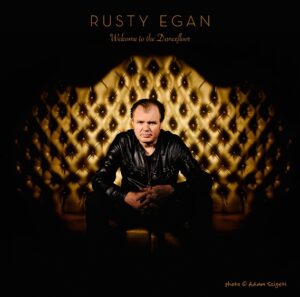
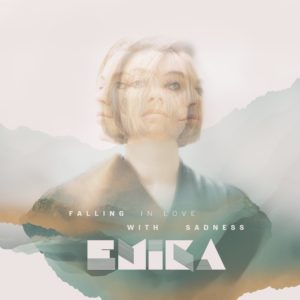
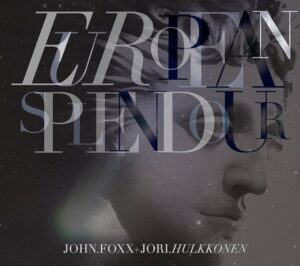
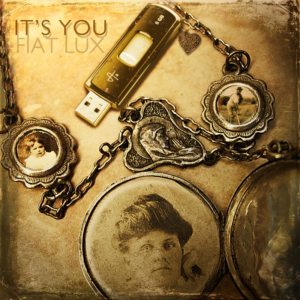
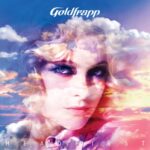
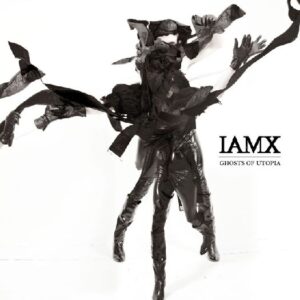
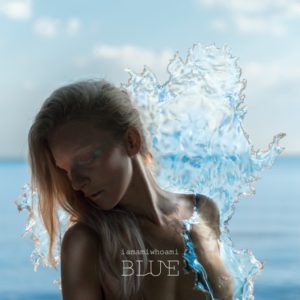
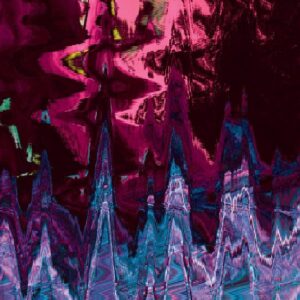
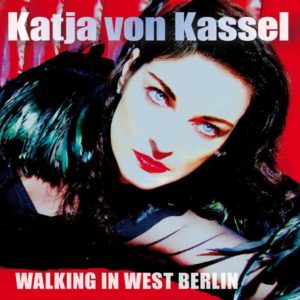
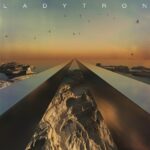
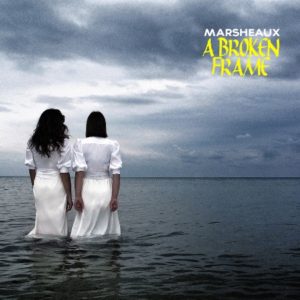
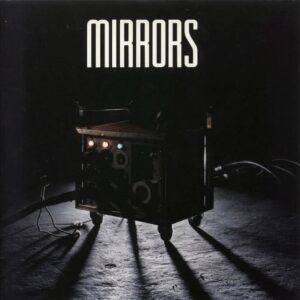


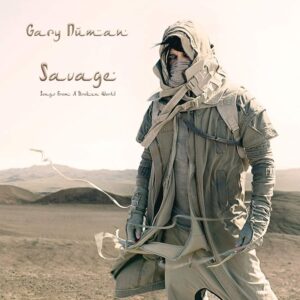
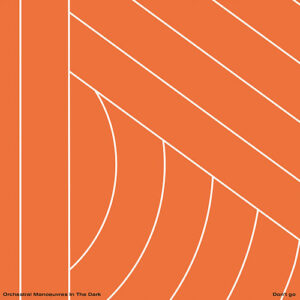
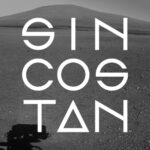

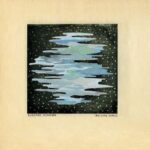
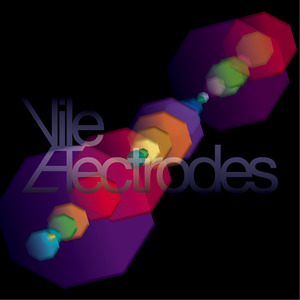
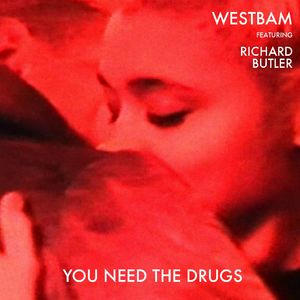

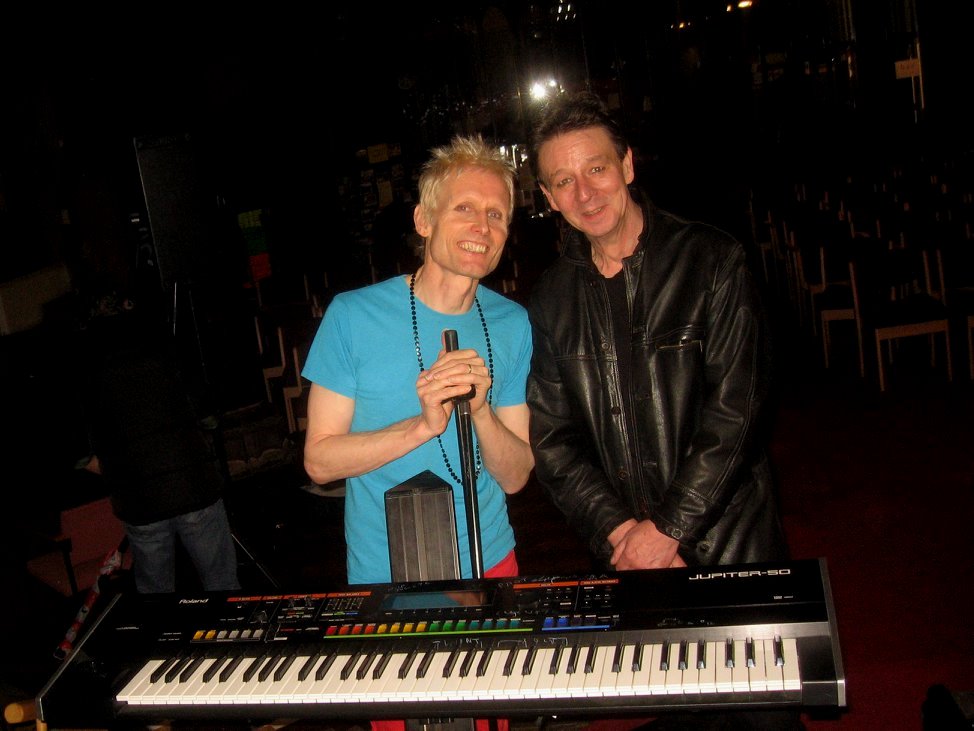
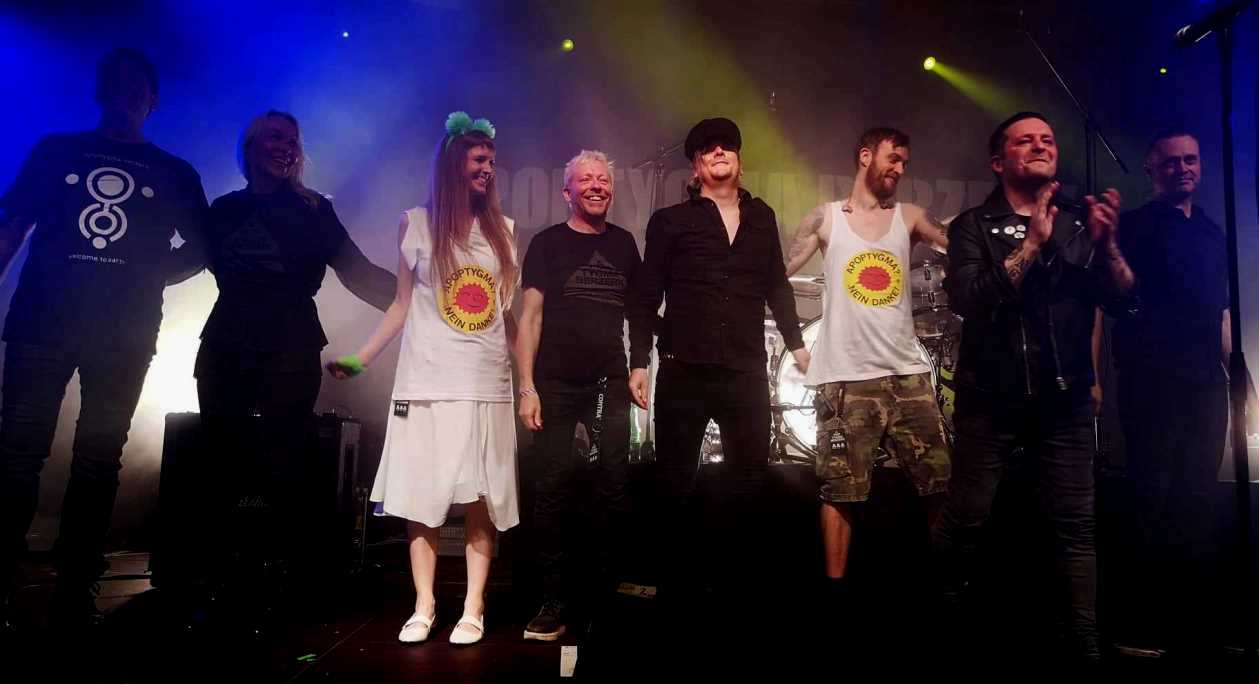
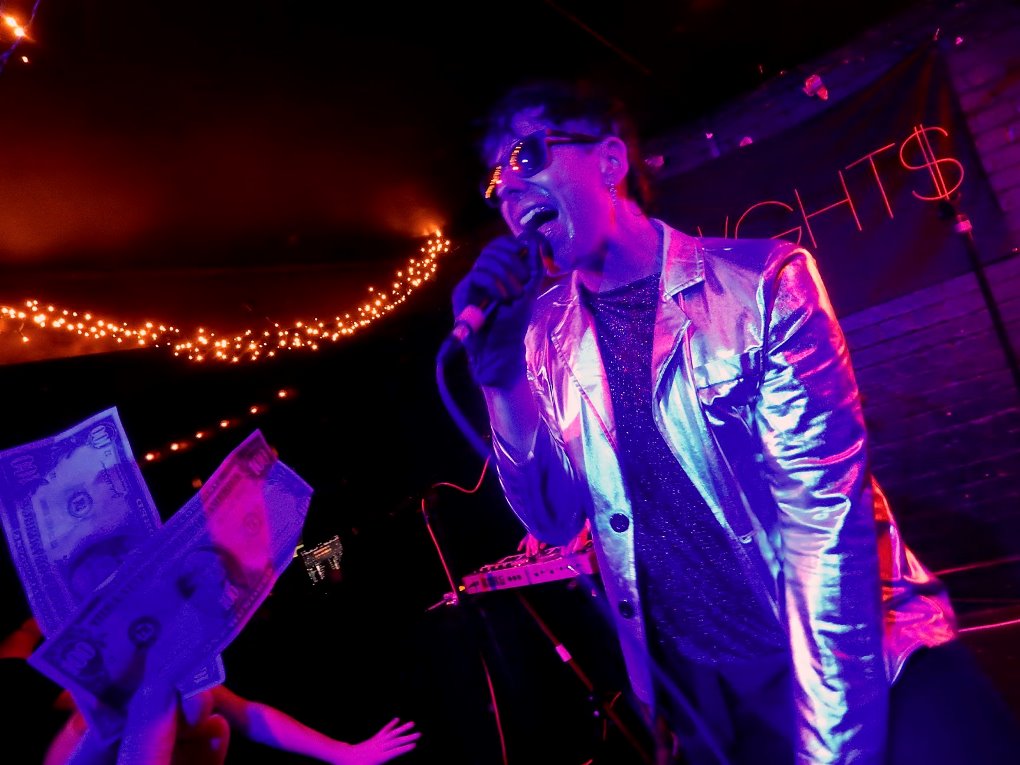

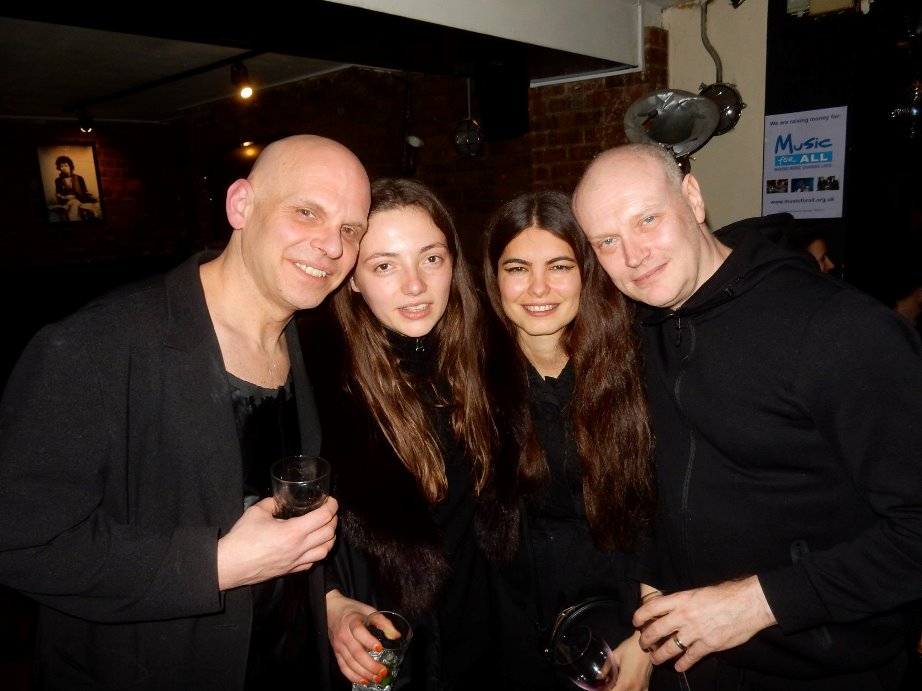
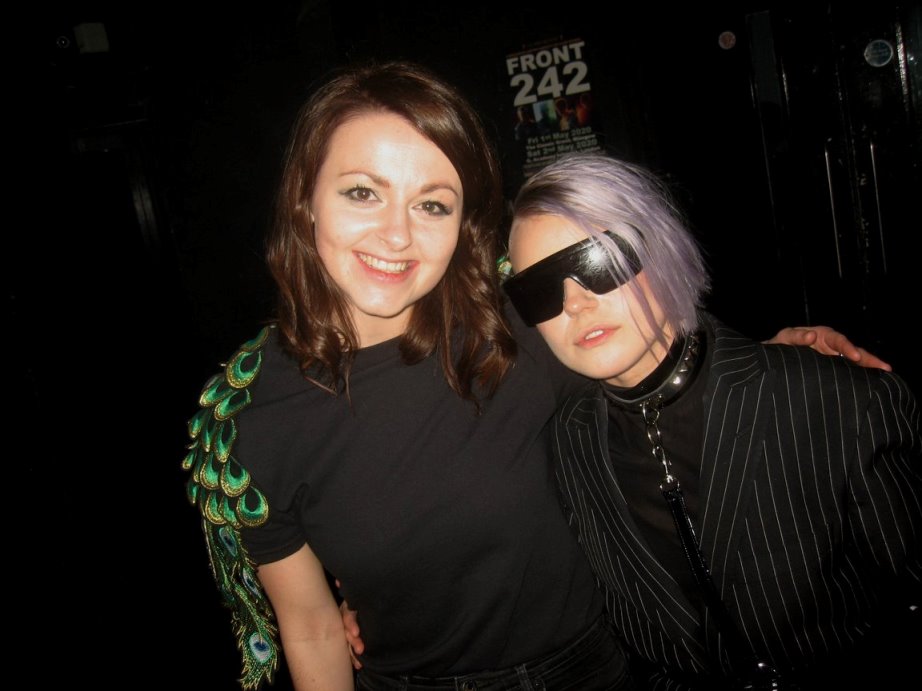

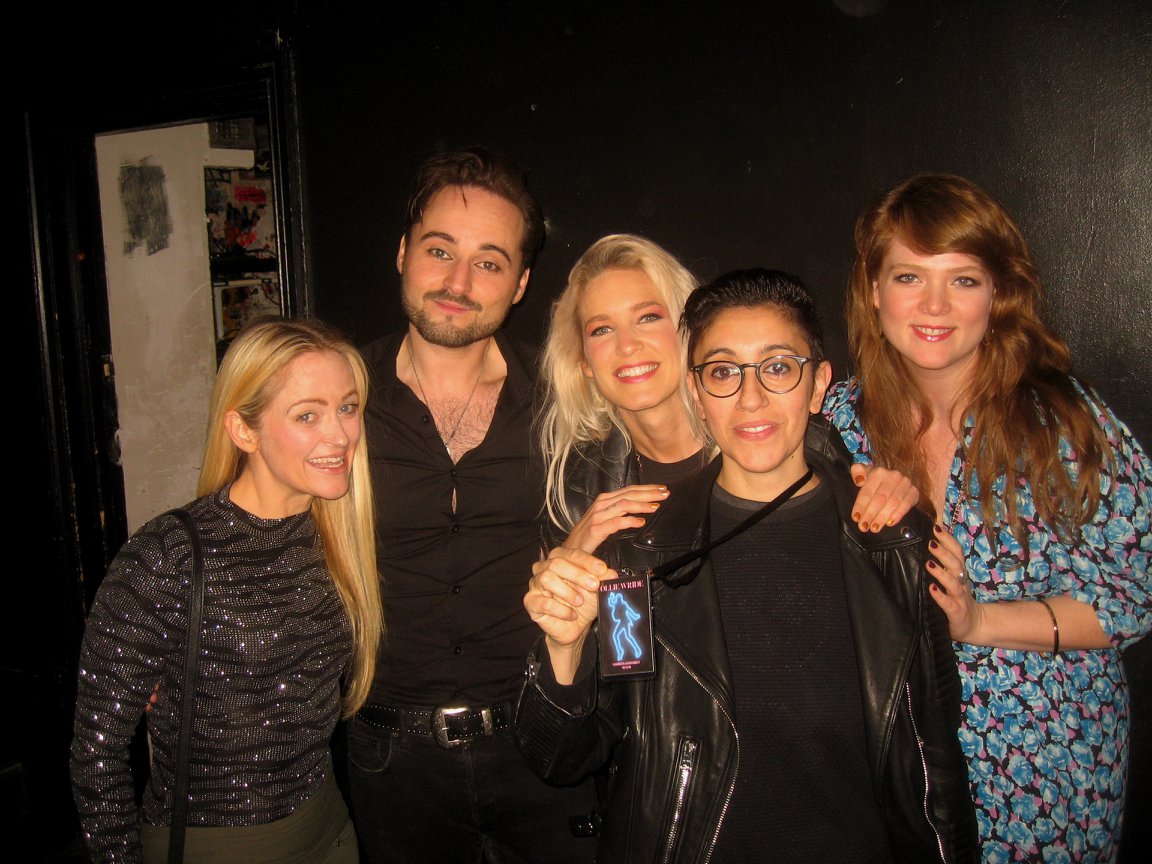
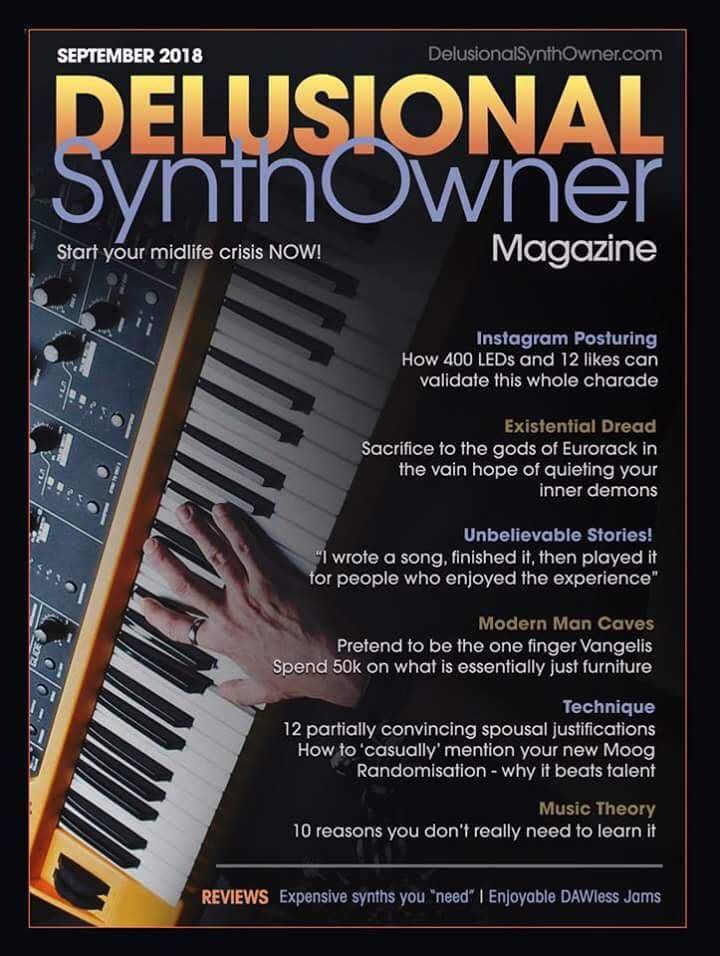
Follow Us!